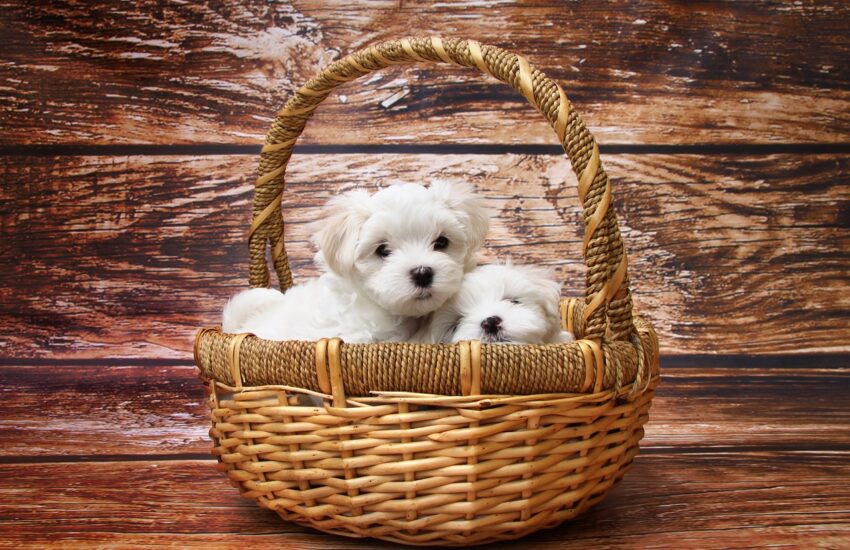Explore for information on the best dog toys including flying discs, chew toys, tug toys, durable toys, rope toys, squeaky toys, training aids, and toss-and-retrieve toys. will bring you the latest news, recommendations, and information to improve the quality of your dog’s playtime.
Dog With Tennis Ball
Remember to match the toy size to the dog size. Large toys for large dogs will help to prevent accidental breakage or swallowing of all or part of the item. Any toy with parts that could be pulled off (buttons, bells, ribbons, squeakers, etc.) should be avoided. Rubber dumbbells, large rubber balls, and toys that can fly, such as Frisbees all provide excellent entertainment and exercise. Rawhide chew toys shaped like shoes should be avoided, as they can potentially breed unwanted behavior. Recently, certain chewies, such as pig’s ears, have been found to have bacterial contamination. Steps are being taken by the manufacturers to rectify this problem, but be aware that there is no guarantee that rawhide-type chews are clear of contamination. The processed chew bones, with compressed rawhide, are less likely to be affected because of processing, and they are harder for the puppy to break apart into chunks (choke risk). Any solid, safe toy that encourages chewing helps the puppy express natural chewing behavior.
When Puppy Chews on Everything
Chewing on regular household items is a very common behavior in young dogs, especially dogs from more active breed types such as the border collie. Puppy owners are right to be concerned as not only does the chewing and destructive behavior impact your relationship with your puppy, but it also presents the possibility of health concerns should something be swallowed and become lodged in the intestines or if biting an electrical cord results in electrocution.
Months of age
The most likely cause for this behavior is simply normal activity that needs to be satisfied through the oral behavior patterns common to all dogs. At 10 months of age, a dog should be finished with teething but is coming into its teenage years, a time when activity levels peak and character traits become more firmly established.
First and most importantly, young dogs need lots of exercise. Different dogs have differing needs in this regard but border collies and their crosses are definitely more demanding in this department. Three daily bouts of 30 to 45 minute exercise sessions each, is generally a minimum.
Concurrent with exercise is trying to establish an environment in the home that is less prone to being destroyed. The best approach is to train your dog to a crate and confine him/her there while you are not at home. However, a dog should never be confined for greater than 8 hours in a crate. If this may be the case, consider getting a neighbor or a pet sitter to come and take him for a walk. Also, make sure that he/she has a lot of safe chew toys to provide an acceptable outlet for normal chewing behavior.
Include destruction vocalization
Another possible cause for this mouthing behavior is separation anxiety. Separation anxiety is the distress response by the dog to separation from the person to whom the dog is most attached, usually the owner. These behaviors can include destruction, vocalization, and elimination (bowel and bladder) and only occur during the owner’s absence. Dogs afflicted with separation anxiety often concurrently demonstrate strong owner attachment, attention-seeking, or following behaviors. As pet owners, we often inadvertently reinforce this behavior by encouraging closeness or providing comfort when our pets are perceived as being distressed by our leaving. Fortunately, through behavior modification techniques and, in more extreme cases, medications, these behavior patterns can be controlled.

